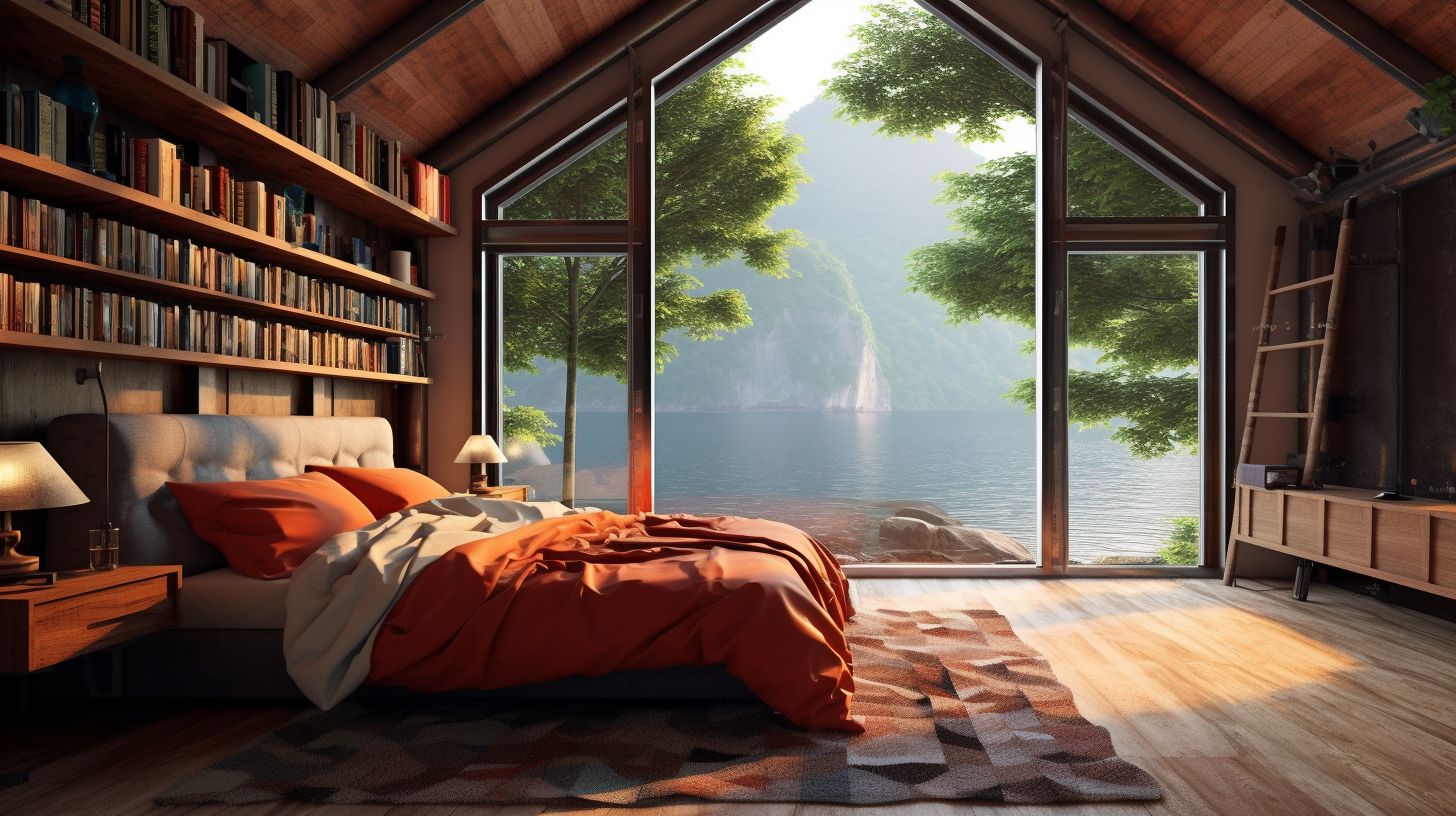Real estate development is a complex and multifaceted process that involves numerous stakeholders, from architects and engineers to investors and buyers. One of the most critical aspects of real estate development is design, which lays the foundation for the entire project. In recent years, the use of 3D modelling has become increasingly popular in real estate development, offering several advantages over traditional design methods.
Firstly, 3D modelling allows developers to create a highly accurate and realistic representation of their project. This includes details such as textures, materials, and lighting, enabling developers to visualize the project in its entirety and test different design options. By having a 3D model of the project, developers can make informed decisions about the layout and aesthetics of the development, ensuring that it meets the needs and preferences of their target market.
Secondly, 3D modelling can help developers identify potential issues or challenges in the design early on in the development process. By simulating the project in a 3D environment, developers can identify any potential clashes or conflicts between different elements of the design. This allows them to make adjustments before construction begins, saving time and money in the long run and preventing costly rework or delays during the construction phase.
Thirdly, 3D modelling can be used to create virtual tours and presentations that can help market the project to potential buyers or investors. By creating a virtual representation of the project, developers can give potential stakeholders a better understanding of the development’s features and benefits. This can increase their confidence in the project and help them to make informed decisions about investing in or buying the property.
Finally, 3D modelling can improve collaboration and communication between different stakeholders in the development process. By having a 3D model of the project, architects, engineers, and other professionals can easily share their ideas and feedback, leading to a more efficient and effective design process. This can improve the quality of the final product, ensuring that it meets the needs and expectations of all stakeholders.
In conclusion, the use of 3D modelling in real estate development offers numerous advantages, including increased accuracy and realism in design, the ability to identify potential issues early on, improved marketing, and better collaboration and communication between stakeholders. As the real estate development industry becomes increasingly competitive and complex, the use of 3D modelling is becoming an essential tool for developers looking to stay ahead of the curve and deliver high-quality, successful projects.
